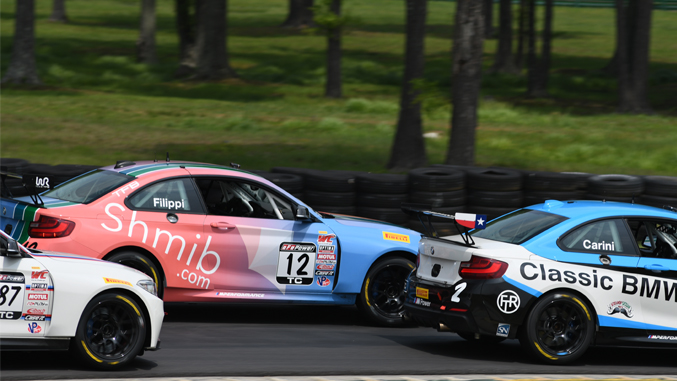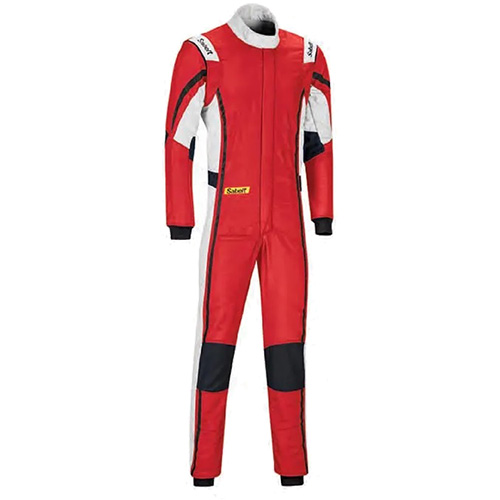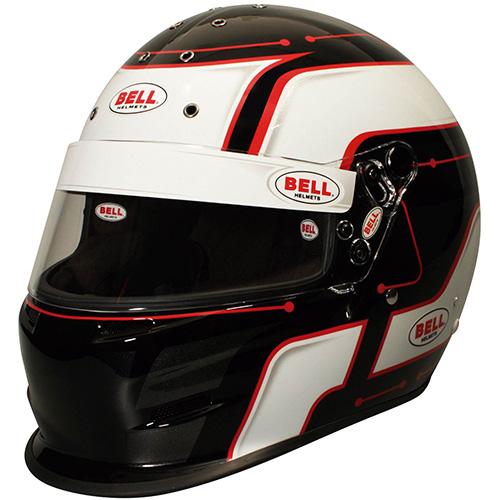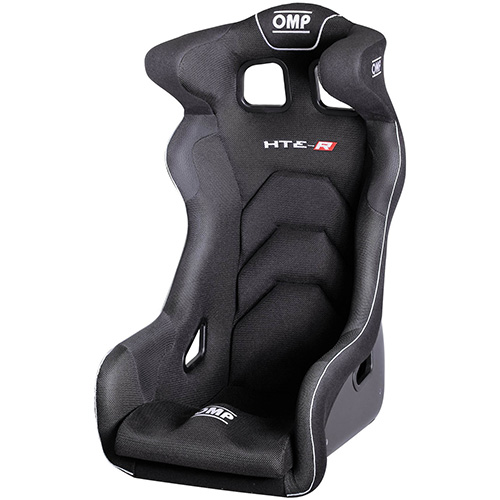No, Punting Is Not An Acceptable Practice

In my experience, people — fans and racers alike — are somewhat confused about contact in motorsports. There seems to be an impression that contact is okay, just like there may be an impression among casual fans that fighting in the pits between drivers is okay in NASCAR. For example, we recently had a driver observe "Punting seems like a perfectly acceptable practice in Miatas from what I could tell. Leaders had no shortage of touching."

But this simply isn't the case. Rather, contact is a byproduct of other aspects of racing and all contact is not created equal. Given the desirability of those other aspects of racing and the resulting differences, contact is managed differently in different series, which is a good thing. Let's break this down:
1. Contact is the result of close racing. Generally drivers and fans want close racing, so many series have worked hard over the last decade to use spec rules and Balance Of Performance systems to tighten up the action. On the opposite end of the spectrum, you hear moaning about the end of days every time F1 produces one of its patented lead/follow demonstrations where the cars are 3-5 seconds apart after 3 laps. On the other hand, when the cars run close, there is more likelihood of contact, somewhat obviously. Fortunately, most of this contact is incidental.
2. Contact depends on how long close racing lasts. Of course, close racing is a factor in contact. But you also get more contact in series that are close for many laps. Take two recent examples. First, consider the 2017 Russian Grand Prix. There was close racing on lap 1 and there was contact. After that, close racing was minimal (typically 3-10 seconds between each pair of cars) and there was no contact. Second, consider Pirelli World Challenge TCA at VIR on the same 2017 weekend. There, the top 4 cars ran about 0.5 seconds apart and cars 6-9 were similarly close for the entire race. You can have a lot more contact when there are so many more laps where the cars are close. Add multiple passing attempts and, again you have more opportunity for contact (although in the TCA case there wasn't much). In contrast, Vettel didn't touch Bottas after the first turn in Russia because he couldn't get close to him.
3. Contact depends on car count. There is more contact in Spec Miata or Global MX-5 Cup or Pirelli World Challenge TC because there are more cars. SM often has fields of 25 and sometimes has fields of 75. MX-5 Cup has fields of 35 or more. PWC is running over 50 cars in TC this year. F1 runs 20 cars (if you count McLaren). IMSA GT3 Cup runs 23 cars. 50% to 100% more cars and you would expect more contact.

Now, when you get more contact, the officials and the competitors have to get better at defining a) incidental contact (e.g. touching), b) a racing incident in which two drivers had more than incidental contact but both were reasonably following the rules and c) unacceptable transgressions (e.g. punting, blocking, dive bombs). Confusing a) with c) would lead to huge numbers of penalties and simply make the racing worse. Confusing b) with c) imagines that drivers who follow the rules should be able to magically predict complex physics in a way that even supercomputers probably can't. Every series penalizes c) although amateur series have fewer resources and more to police, so implementation is less than perfect.

Fans who want large fields and close racing, but also want zero contact, are dreaming or just being whiny idiots. F1 drivers and IndyCar drivers and IMSA DP drivers can't make this happen. And if they can't, then certainly drivers with less experience but closer racing in bigger fields won't either. But that doesn't meaning punting is okay.


















